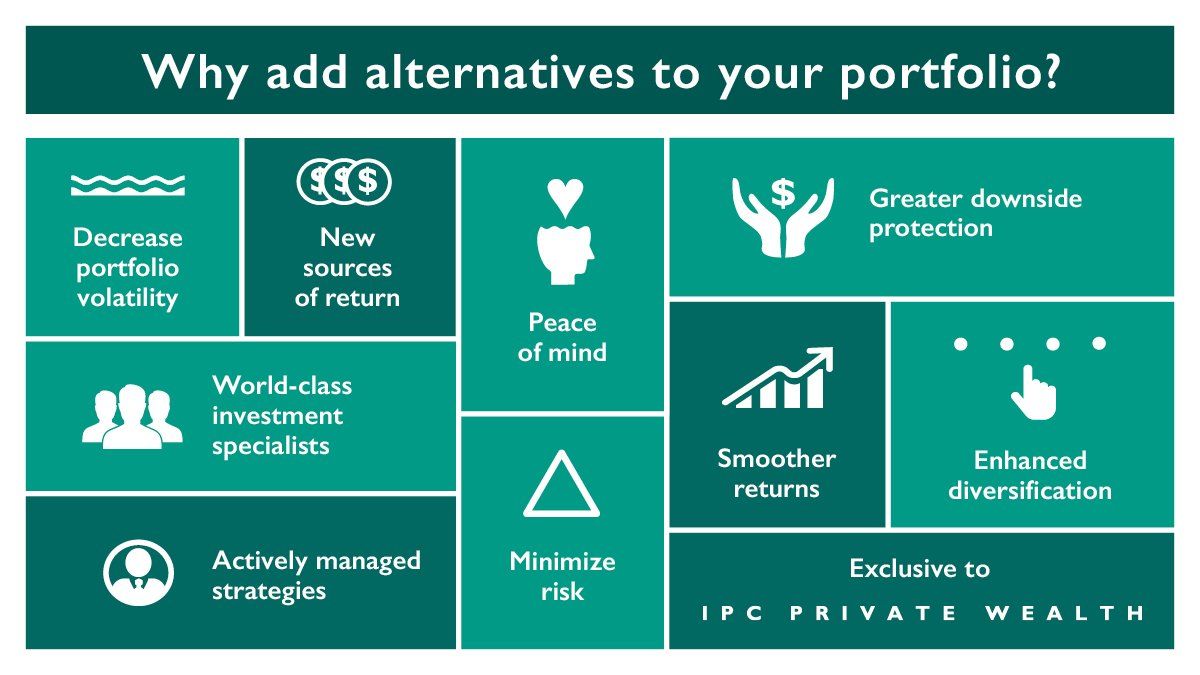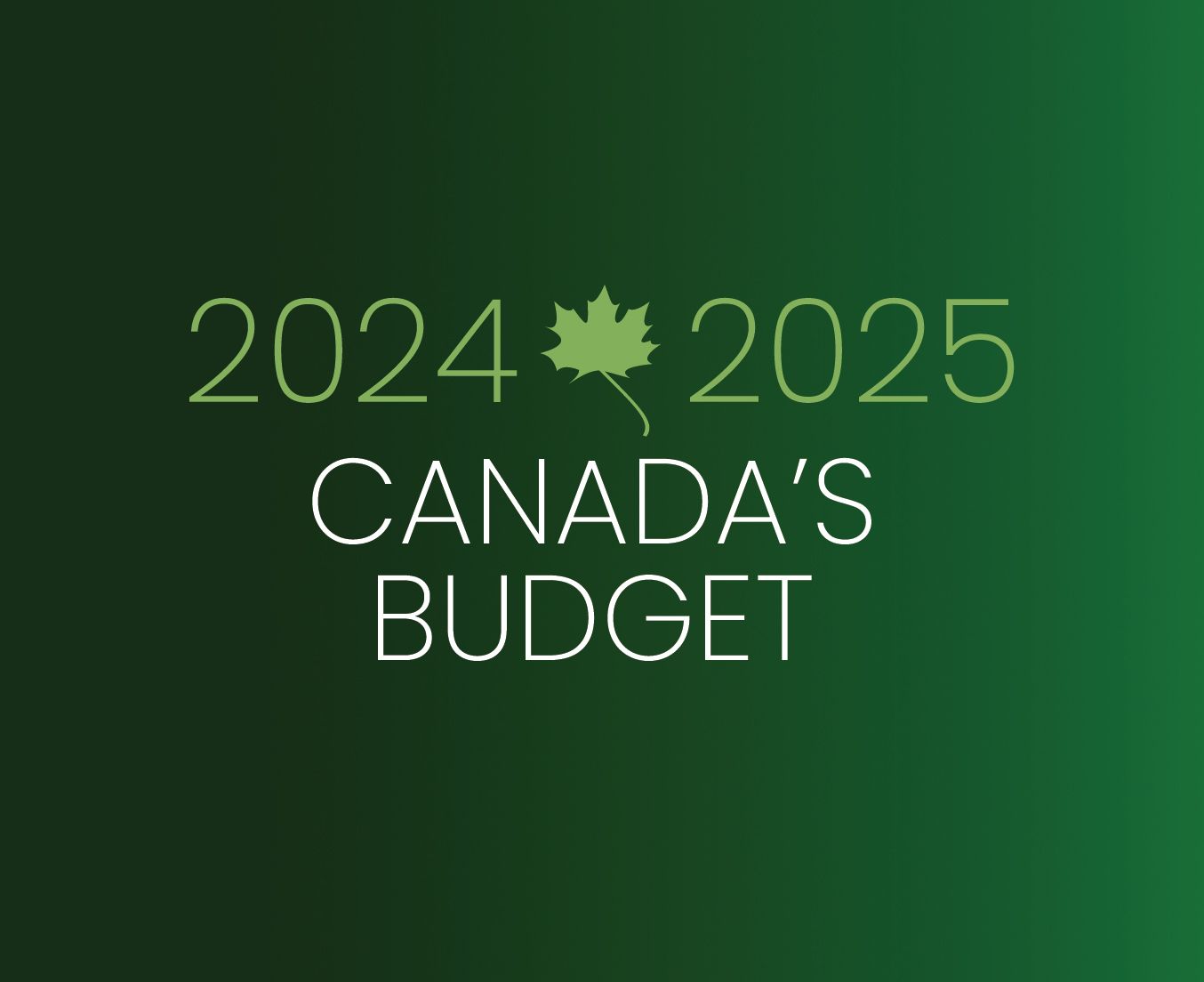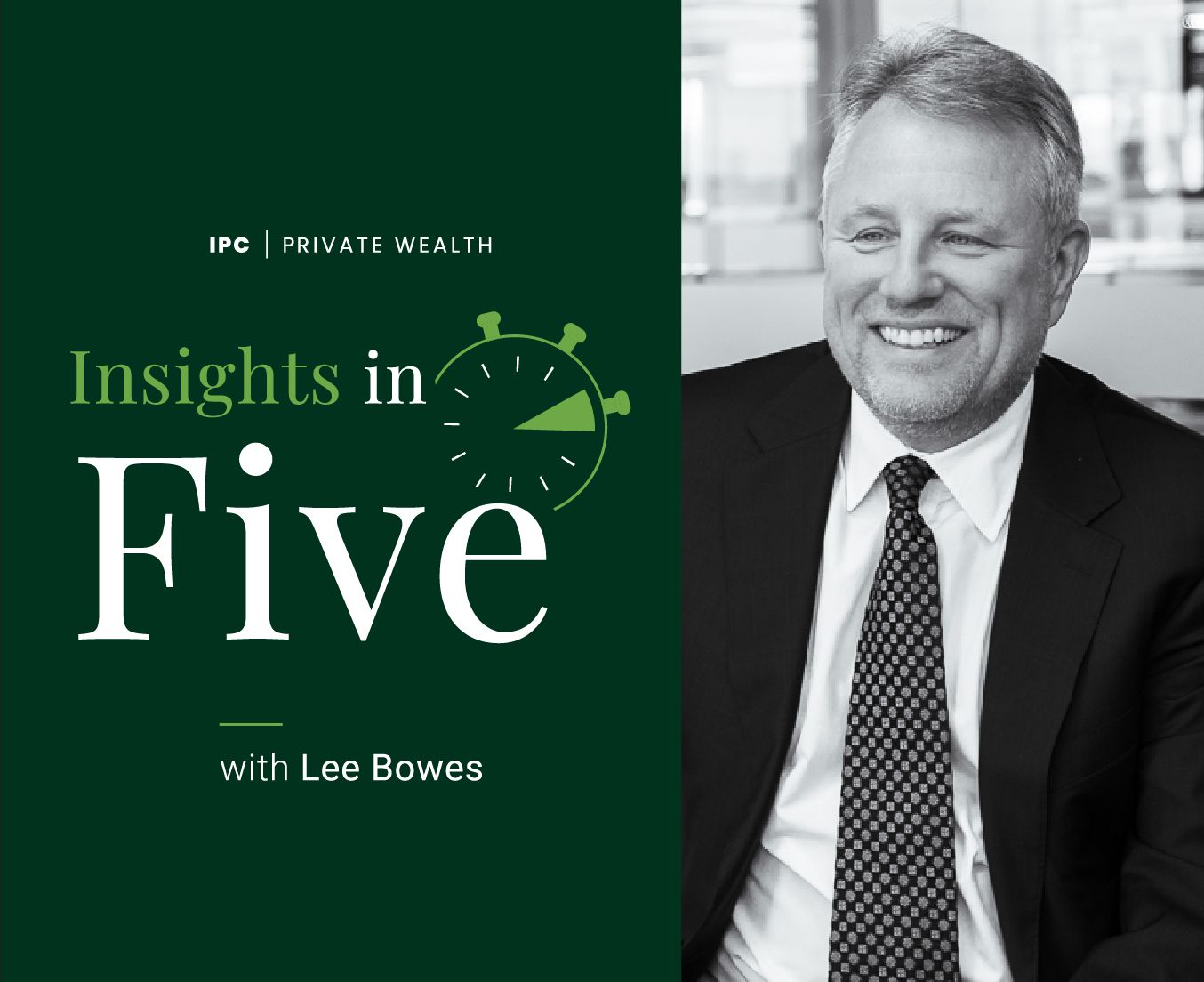It was about a generation ago when many low-risk fixed income investments could not only anchor a portfolio – they could boost overall performance. In 1995, a Government of Canada 10-year bond yielded 8%. A 5-year GIC, in 1990, paid over 10% annual interest.
Today, however, we remain in an historic low yield environment and those yields from yesteryear seem almost hard to believe. Conservative fixed income holdings can still play a significant role in a portfolio, providing capital preservation. But the challenge is to complement those holdings with investments that can provide different sources of return without taking on too much risk. Investments such as corporate bonds and dividend-paying stocks often fulfil this role. There is, however, an additional way…
The alternative investments solution
Alternative investments are assets and investment strategies other than stocks and bonds – common ones being real estate, infrastructure, private equity, private debt and hedge funds. Until recently, institutional investors and pension funds have primarily taken advantage of alternative investments. But now we’ve included an allocation to a Multi-Strategy Alternatives mandate in our diversified portfolios to give investors access to a combination of several alternative assets and investment strategies through IPC Private Wealth.
The performance of bonds and other fixed income investments depends on interest rates, but it’s a different story with the yield potential from alternatives. Many alternatives invest in real assets, which can deliver income streams largely insulated from prevailing rates. Real estate, for example, can deliver steady rental income. Infrastructure investments in utilities provide regular cash flows. Alternatives have the potential to provide different sources of return, improving portfolio outcomes and helping investors meet their financial goals.
What about risk and volatility?
Any investor unfamiliar with alternatives may wonder about adding investments to their portfolios that aren’t stocks or bonds. But in fact, alternatives can potentially give investors a smoother ride precisely because they’re not stocks or bonds.
Alternative investments have a low correlation to traditional fixed income and equity investments, typically reacting differently to market conditions. When one asset class temporarily underperforms, another asset class shines – smoothing out overall returns. Adding alternative investments reduces portfolio volatility.
Alternatives also reduce risk, in two ways. First, adding an asset class that performs differently than other asset classes further diversifies a portfolio. Diversification minimizes investment risk year over year, and introduces new investment opportunities. Second, portfolio risk is reduced through capital preservation. In periods when economic pressures cause traditional investments to lose value, alternative investments may hold their value for downside protection.
Our story began with the potential for improved yields and different sources of return, and along the way also introduced decreased portfolio volatility, enhanced diversification and minimized risk. This infographic summarizes the many ways you can benefit when you add alternative investments to your portfolio.
Talk to one of our Advisors for more information on alternative investments.
Investment Planning Counsel






